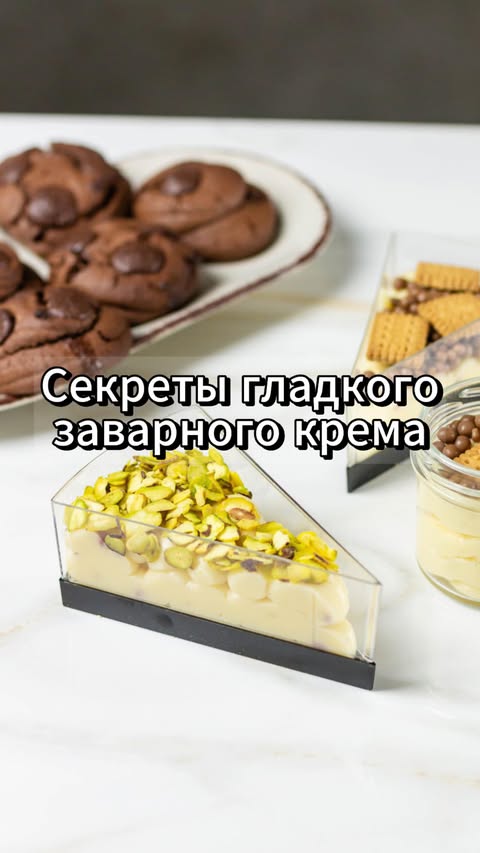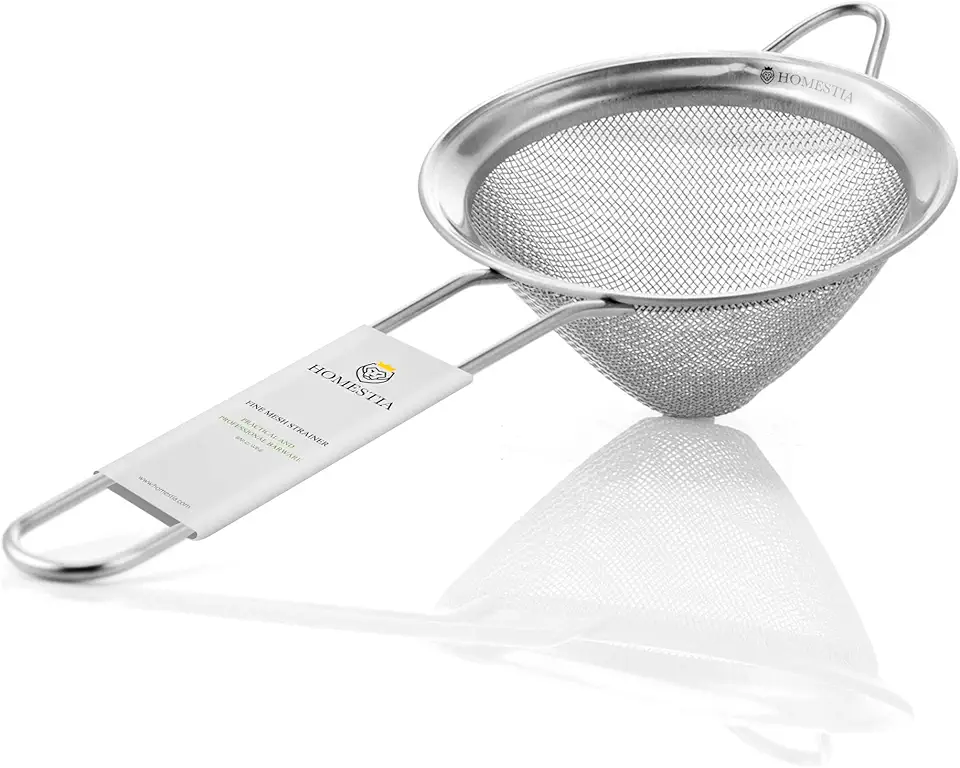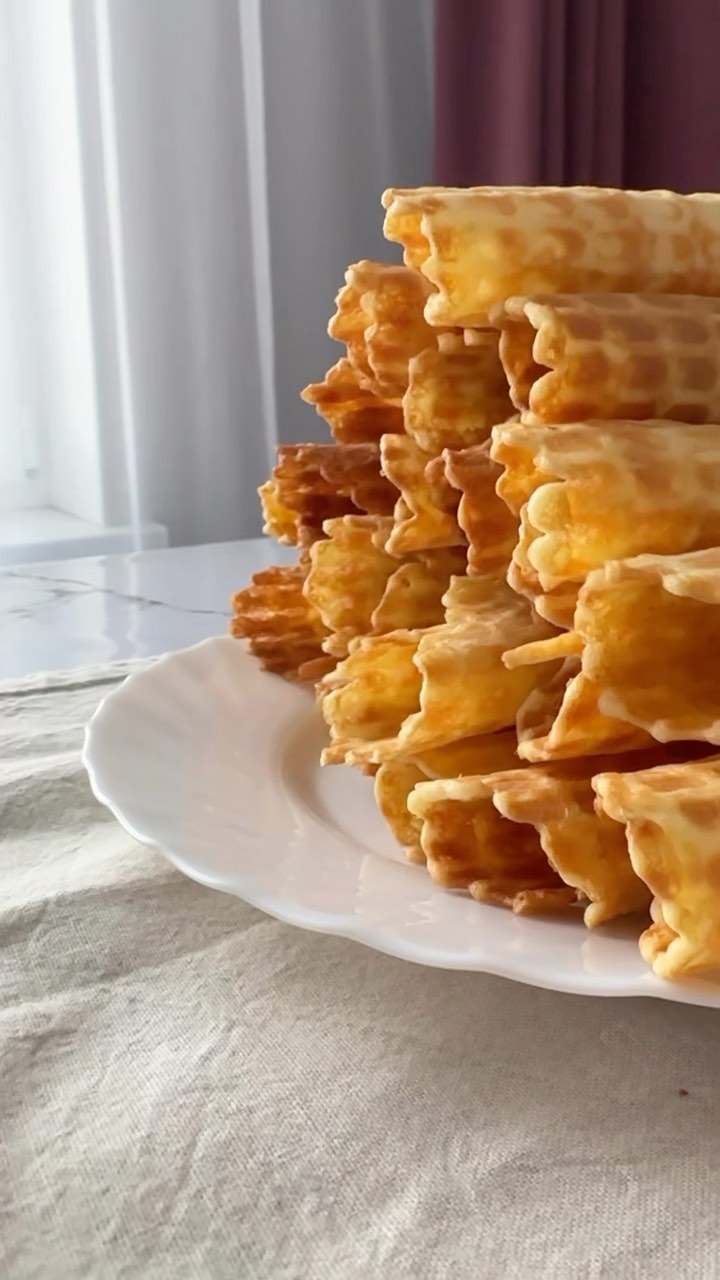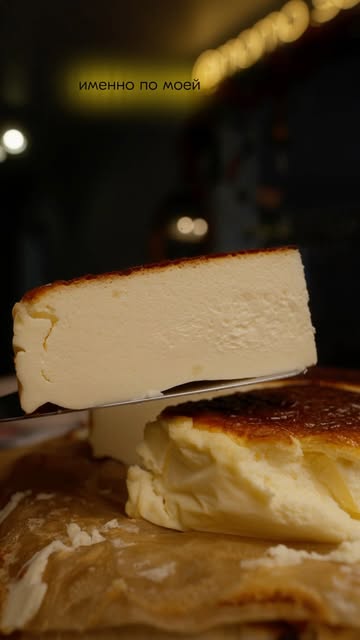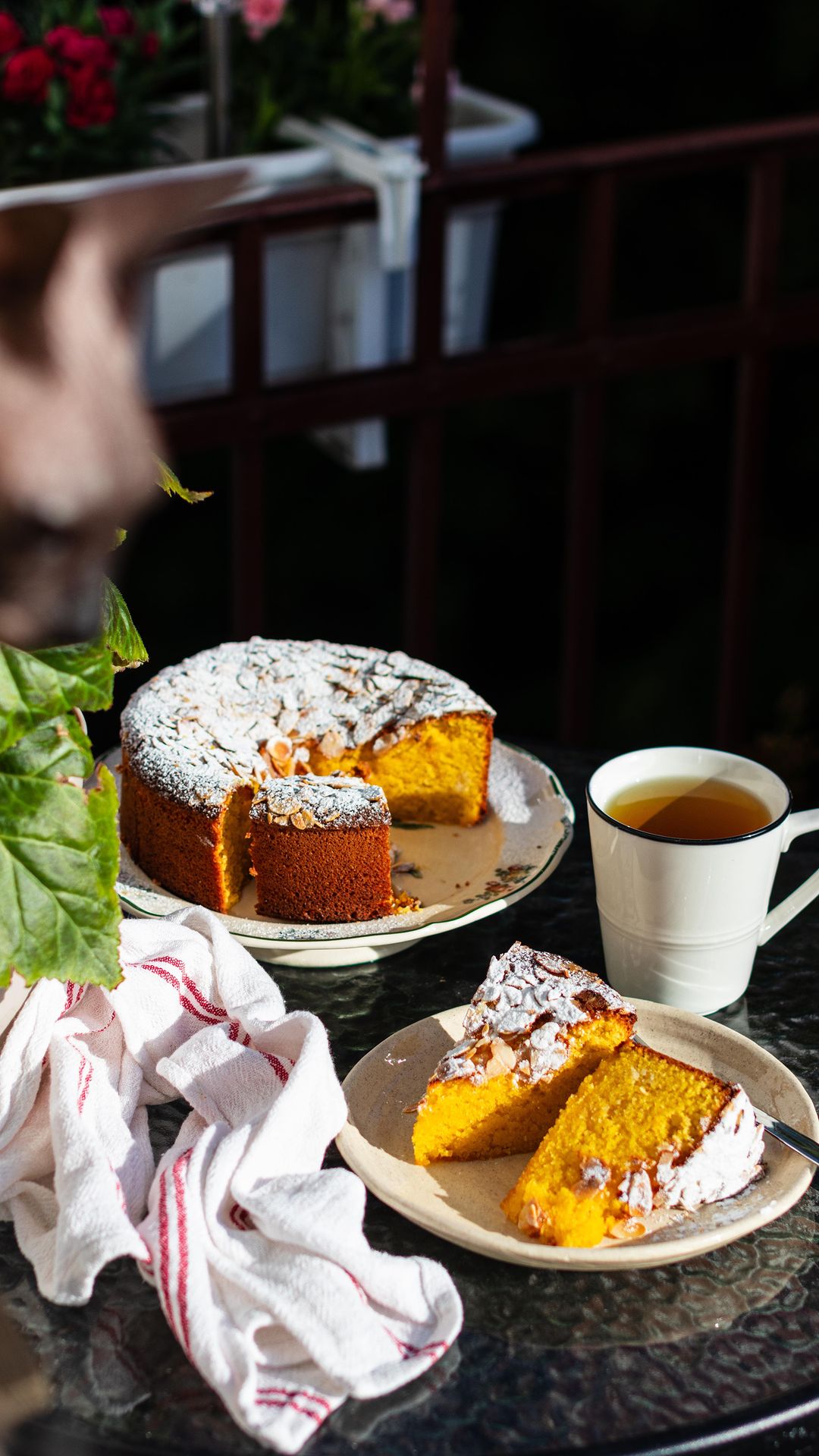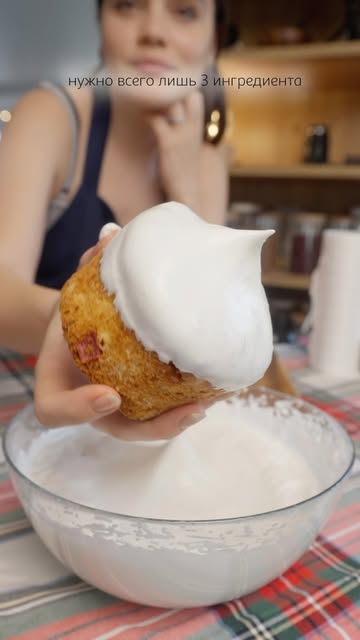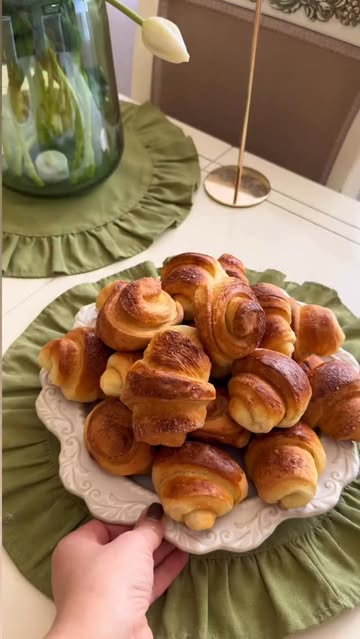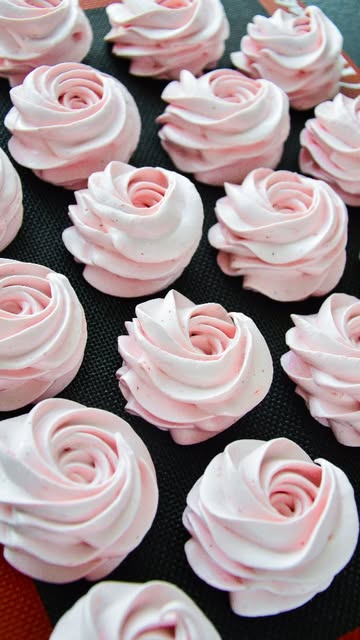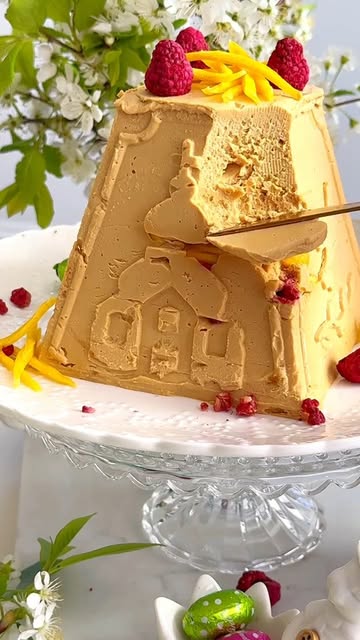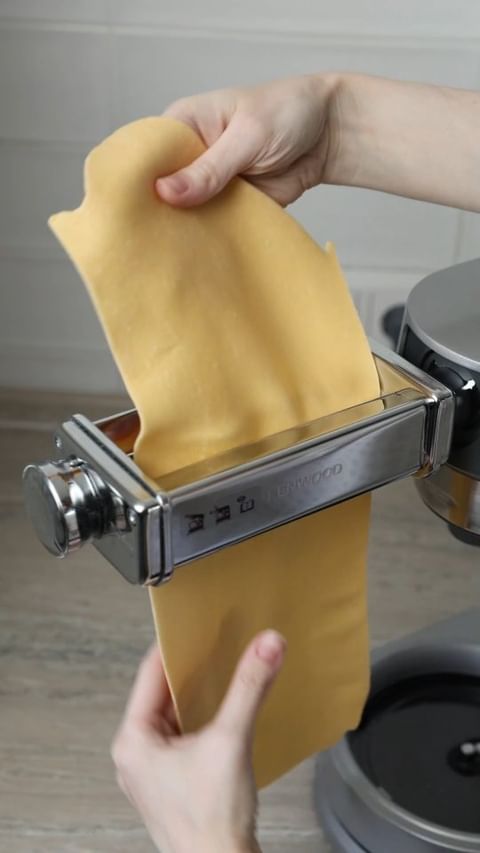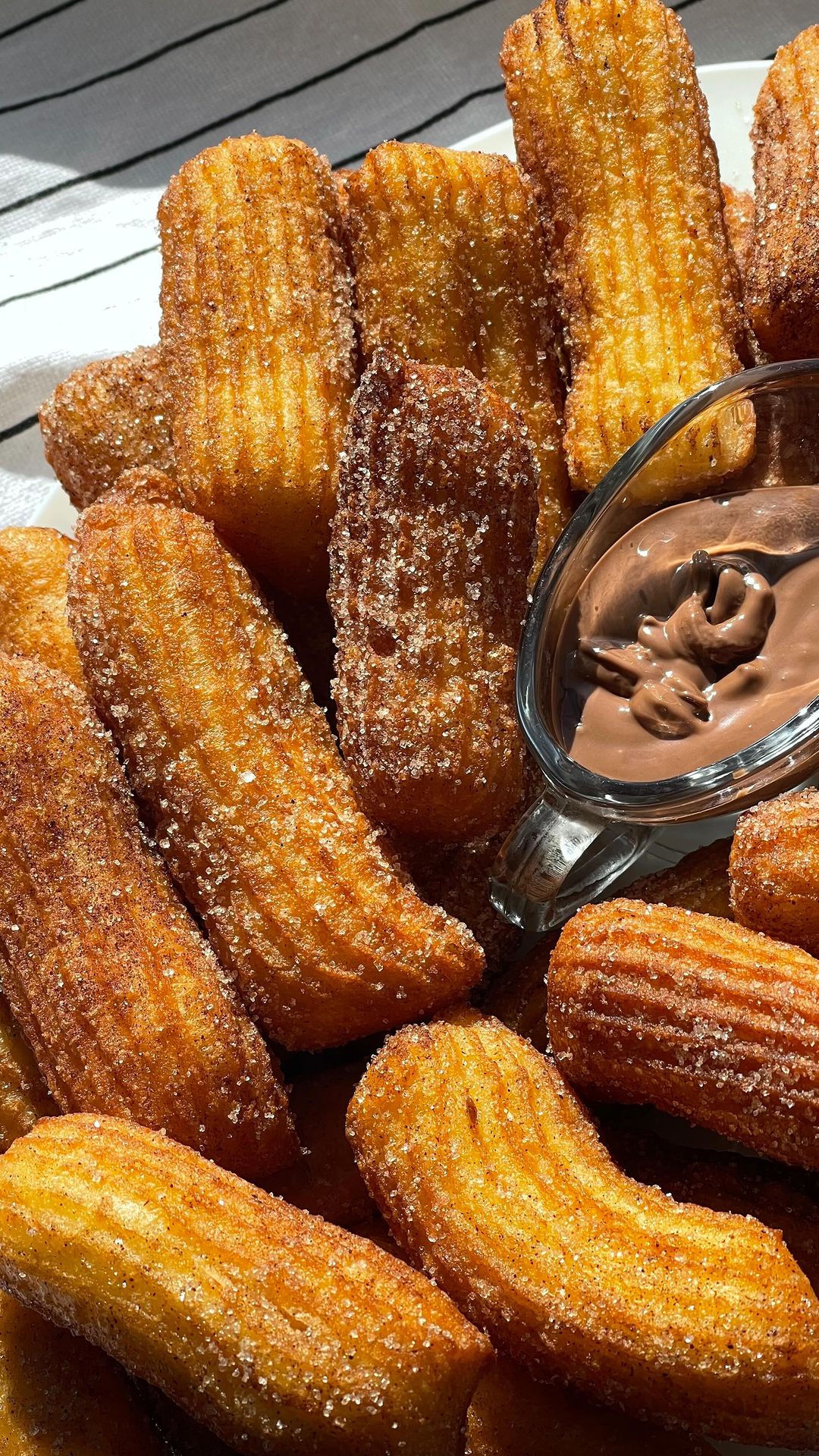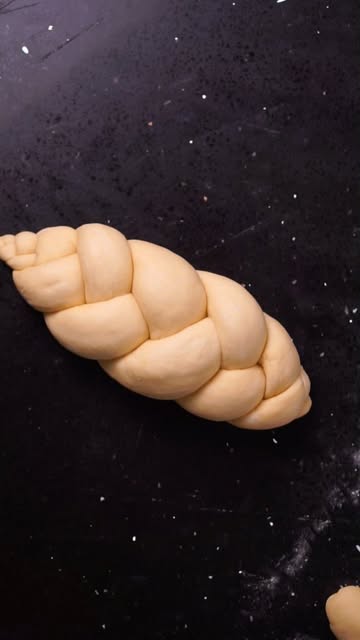Ingredients
Dairy Ingredients
Egg and Sugar Ingredients
Thickening Agent
Instructions
Step 1
In a mixing bowl, whisk together the egg yolks and the sugar until the mixture becomes lighter in color.
Next, add the cornstarch and mix well to ensure it is fully incorporated.
Step 2
In a saucepan, heat the milk and cream over medium heat until you see steam beginning to rise from the surface. Do not let it boil.
Once heated, gradually pour in one-third of the hot milk mixture into the egg yolk mixture, stirring constantly with a whisk. This is called tempering and prevents the eggs from cooking too quickly.
Step 3
Pour the tempered egg mixture back into the saucepan with the remaining milk and cream.
Reduce the heat to low to avoid overheating the custard. Stir constantly for even cooking.
Step 4
Within seconds, you’ll notice the cream starting to thicken. As soon as it reaches a custard-like consistency, remove it from the heat while stirring vigorously for a couple of minutes until smooth.
Return the saucepan to low heat and continue stirring as you cook it until it reaches a temperature of 102°C (216°F). This ensures that the cornstarch activates properly for thickening.
Step 5
Once cooked, the pastry cream should be absolutely smooth, silky, and homogeneous.
Allow it to cool before using in your favorite pastry recipes!
Servings
Looking for ways to enjoy your pastry cream? Here are some delightful serving suggestions:
- Fill Cream Puffs - The classic choice! Pipe your silky pastry cream inside freshly baked cream puffs, and dust them with powdered sugar for a dreamy treat. 🎉
- Creamy Trifle - Layer your pastry cream with fresh fruits and sponge cake in a beautiful glass dish. It's not only delicious but also a feast for the eyes! 🍓
- Tarts Galore - Spread a generous layer of pastry cream into a pre-baked tart shell and top with seasonal fruits for a refreshing dessert that’s always a hit. 🍰
- Churros - For a more fun twist, serve your pastry cream as a dip next to crispy churros. It's the perfect mix of crunchy and creamy! 🌟
Equipment
A medium-sized bowl is perfect for whisking the egg yolks, sugar, and cornstarch together. Make sure it’s sturdy to prevent spilling!
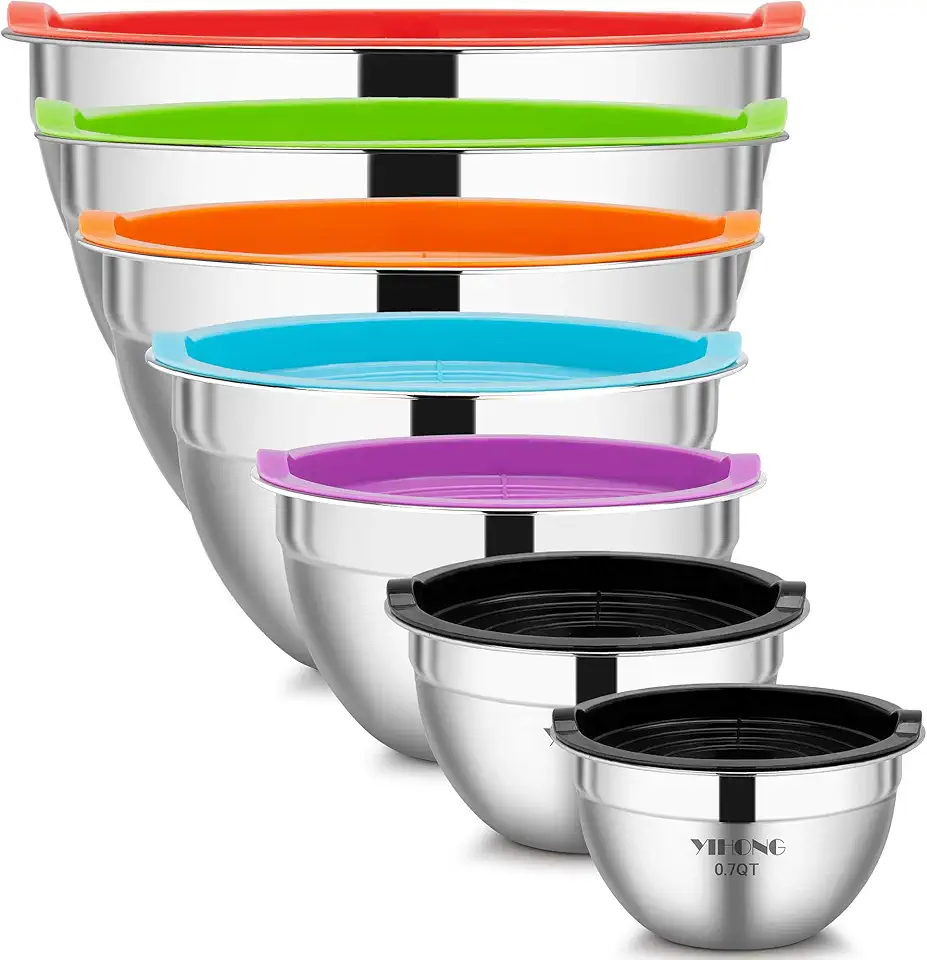 YIHONG 7 Piece Mixing Bowls with Lids for Kitchen, Stainless Steel Mixing Bowls Set Ideal for Baking, Prepping, Cooking and Serving Food, Nesting Metal Mixing Bowls for Space Saving Storage
$27.99
$35.99
View details
Prime
best seller
YIHONG 7 Piece Mixing Bowls with Lids for Kitchen, Stainless Steel Mixing Bowls Set Ideal for Baking, Prepping, Cooking and Serving Food, Nesting Metal Mixing Bowls for Space Saving Storage
$27.99
$35.99
View details
Prime
best seller
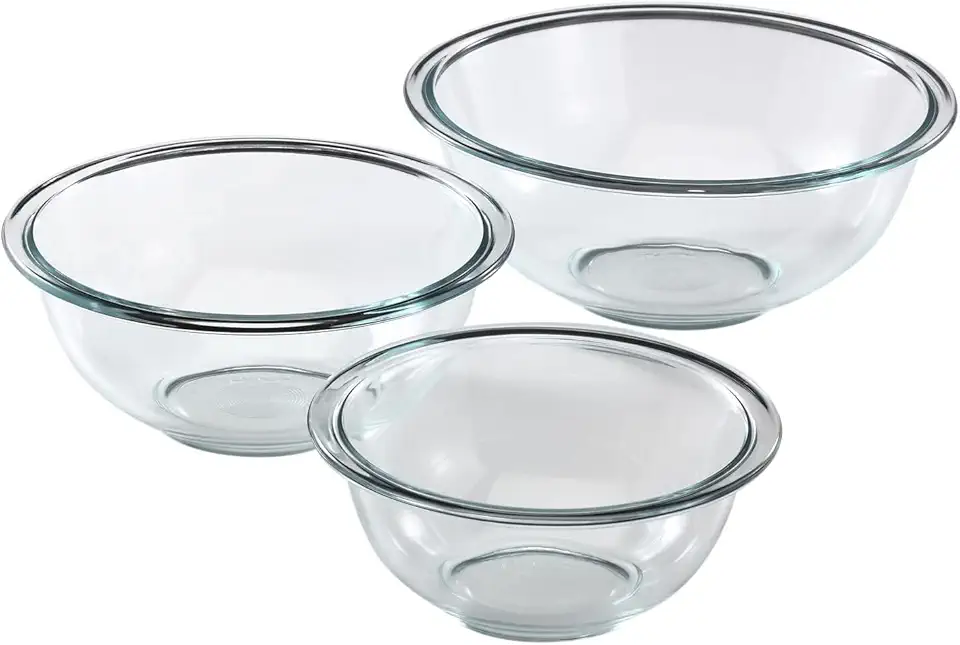 Pyrex Glass, 3-Piece, 3 PC Mixing Bowl Set
$17.53
View details
Prime
Pyrex Glass, 3-Piece, 3 PC Mixing Bowl Set
$17.53
View details
Prime
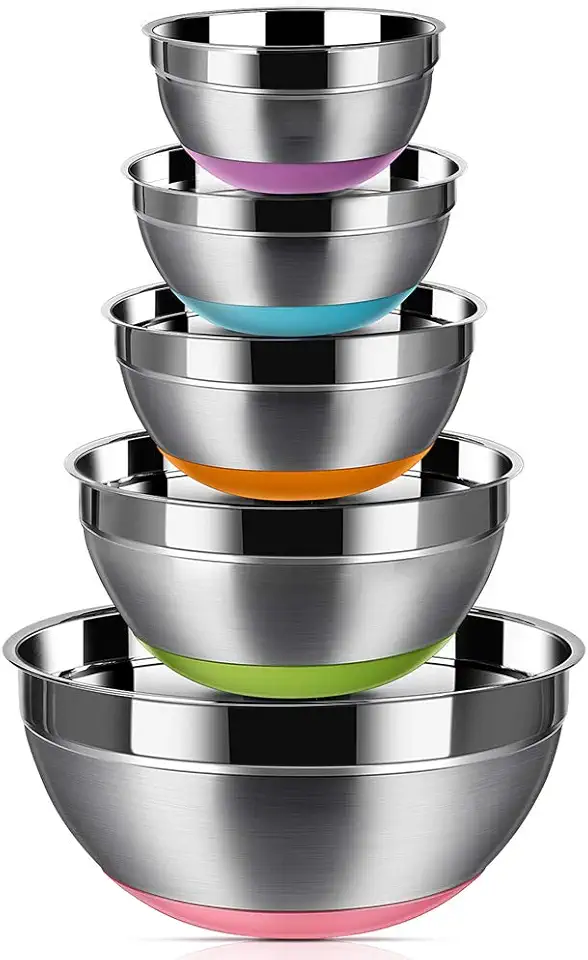 REGILLER Stainless Steel Mixing Bowls (Set of 5), Non Slip Colorful Silicone Bottom Nesting Storage Bowls, Polished Mirror Finish For Healthy Meal Mixing and Prepping 1.5-2 - 2.5-3.5 - 7QT (Colorful)
$26.99
View details
REGILLER Stainless Steel Mixing Bowls (Set of 5), Non Slip Colorful Silicone Bottom Nesting Storage Bowls, Polished Mirror Finish For Healthy Meal Mixing and Prepping 1.5-2 - 2.5-3.5 - 7QT (Colorful)
$26.99
View details
Using a good quality whisk will ensure that your mixture is smooth and well-combined. Your arm might get a little tired, but it’s worth it!
 OXO Good Grips 11-Inch Balloon Whisk
$10.93
$11.95
View details
Prime
best seller
OXO Good Grips 11-Inch Balloon Whisk
$10.93
$11.95
View details
Prime
best seller
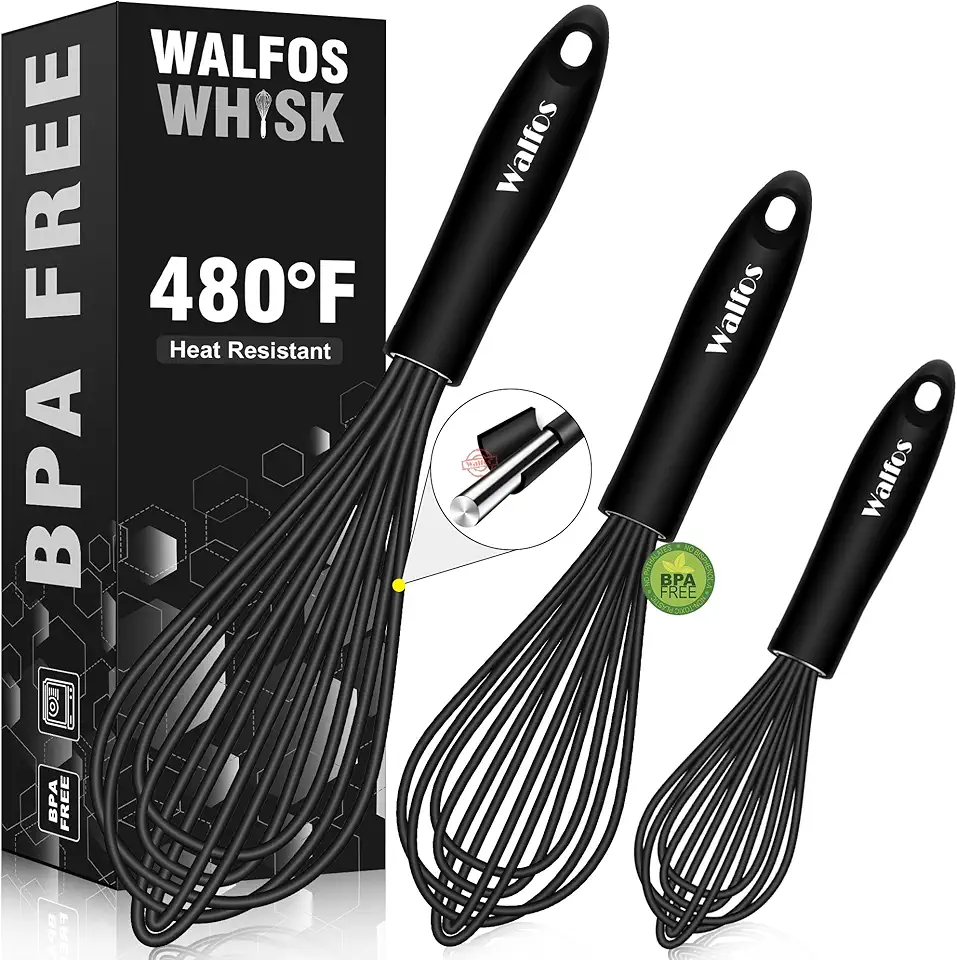 Walfos Silicone Whisk,Stainless Steel Wire Whisk Set of 3 -Heat Resistant 480°F Kitchen Whisks for Non-stick Cookware,Balloon Egg Beater Perfect for Blending,Whisking,Beating,Frothing & Stirring,Black
$11.89
$14.99
View details
Prime
Walfos Silicone Whisk,Stainless Steel Wire Whisk Set of 3 -Heat Resistant 480°F Kitchen Whisks for Non-stick Cookware,Balloon Egg Beater Perfect for Blending,Whisking,Beating,Frothing & Stirring,Black
$11.89
$14.99
View details
Prime
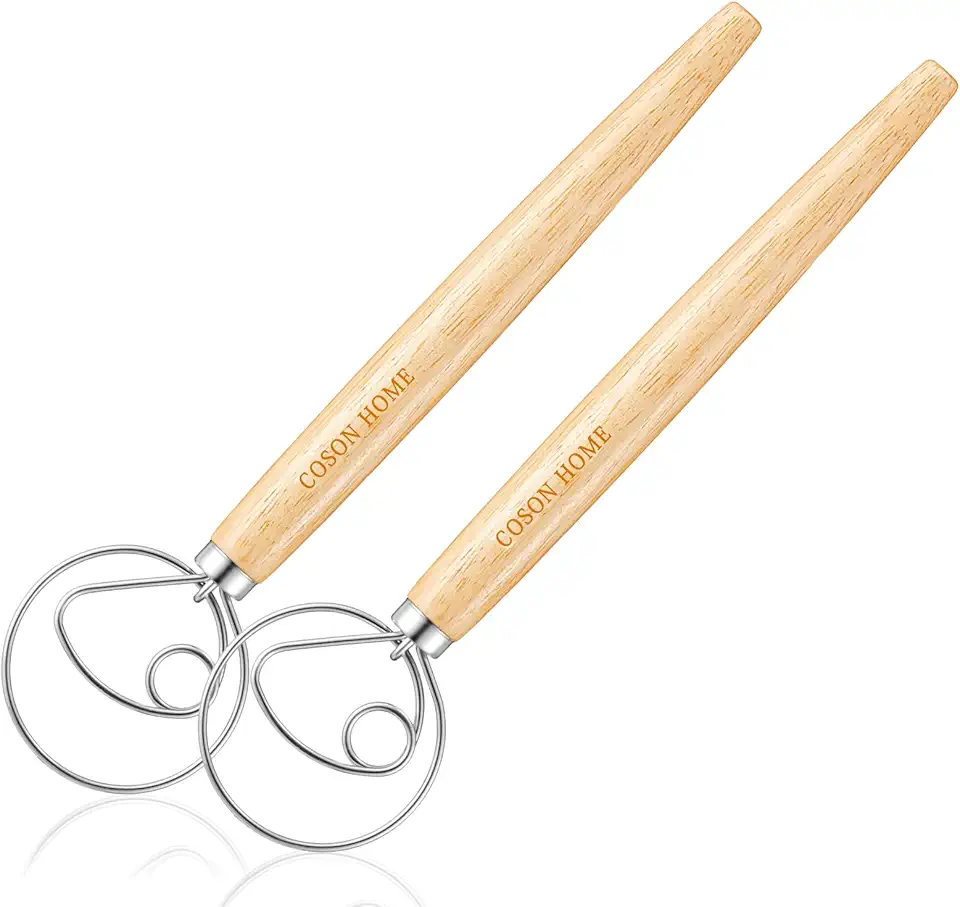 Pack of 2 Danish Dough Whisk Blender Dutch Bread Whisk Hook Wooden Hand Mixer Sourdough Baking Tools for Cake Bread Pizza Pastry Biscuits Tool Stainless Steel Ring 13.5 inches 0.22 lb/pcs…
$9.80
$14.99
View details
Pack of 2 Danish Dough Whisk Blender Dutch Bread Whisk Hook Wooden Hand Mixer Sourdough Baking Tools for Cake Bread Pizza Pastry Biscuits Tool Stainless Steel Ring 13.5 inches 0.22 lb/pcs…
$9.80
$14.99
View details
A heavy-bottomed saucepan is essential to evenly heat your milk and cream. This helps prevent scorching, which can ruin the recipe.
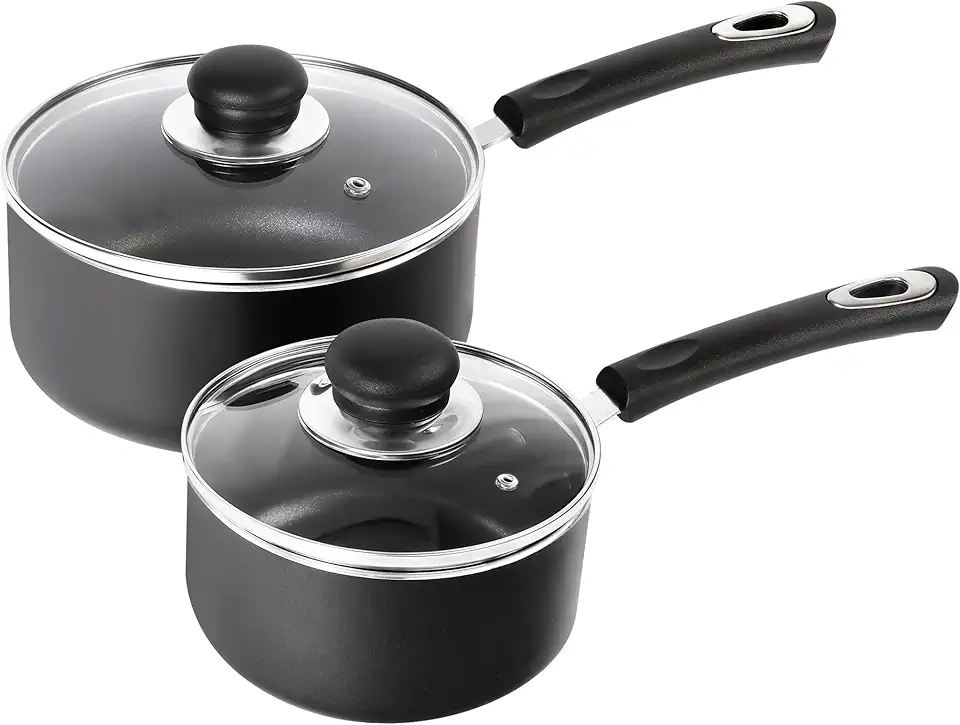 Utopia Kitchen Nonstick Saucepan Set with Lid, 1 Quart and 2 Quarts Multipurpose Pots Set for Home Kitchen or Restaurant (Grey-Black)
$25.99
$39.99
View details
Prime
Utopia Kitchen Nonstick Saucepan Set with Lid, 1 Quart and 2 Quarts Multipurpose Pots Set for Home Kitchen or Restaurant (Grey-Black)
$25.99
$39.99
View details
Prime
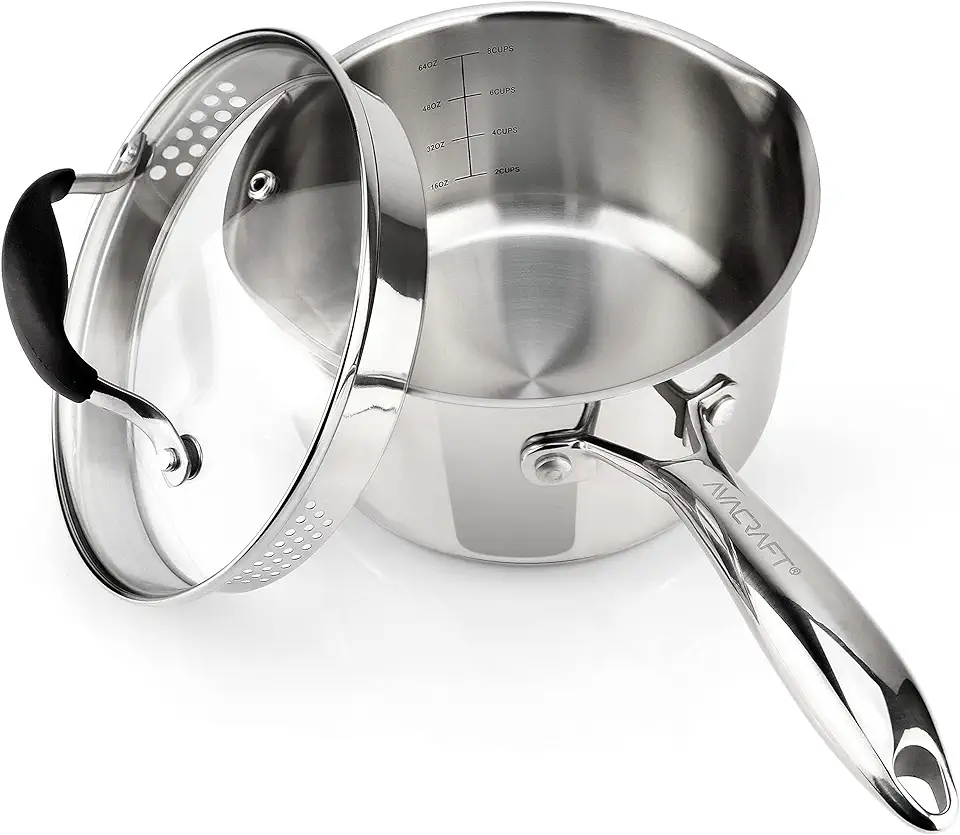 AVACRAFT Stainless Steel Saucepan with Glass Strainer Lid, Two Side Spouts for Easy Pour with Ergonomic Handle, Multipurpose Sauce Pot (Tri-Ply Capsule Bottom, 2.5 Quart)
$48.50
View details
Prime
AVACRAFT Stainless Steel Saucepan with Glass Strainer Lid, Two Side Spouts for Easy Pour with Ergonomic Handle, Multipurpose Sauce Pot (Tri-Ply Capsule Bottom, 2.5 Quart)
$48.50
View details
Prime
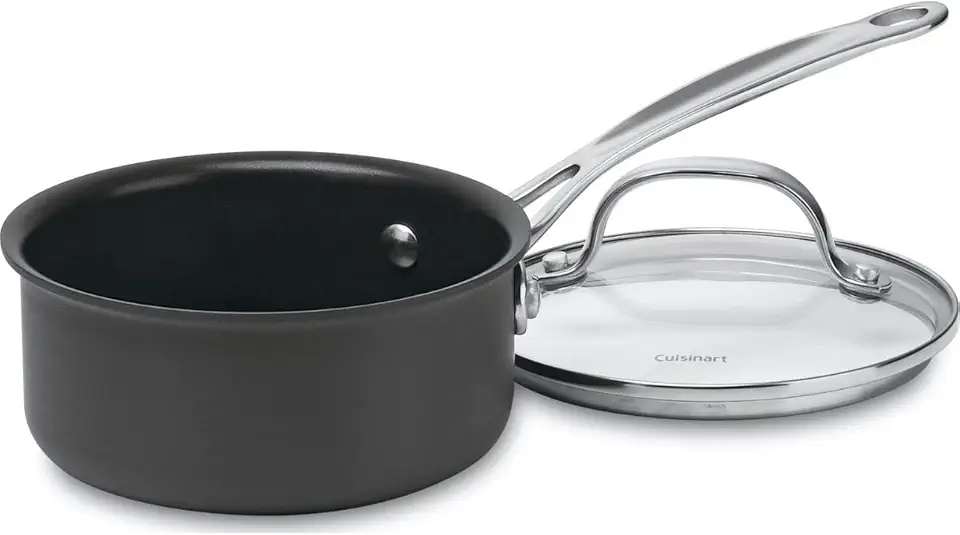 Cuisinart 1-Quart Saucepan, Chef's Classic Nonstick Hard Anodized Saucepan w/Cover, 619-14
$19.95
View details
Cuisinart 1-Quart Saucepan, Chef's Classic Nonstick Hard Anodized Saucepan w/Cover, 619-14
$19.95
View details
An instant-read thermometer will help you achieve the perfect temperature without guessing. This is a must for getting that creamy texture!
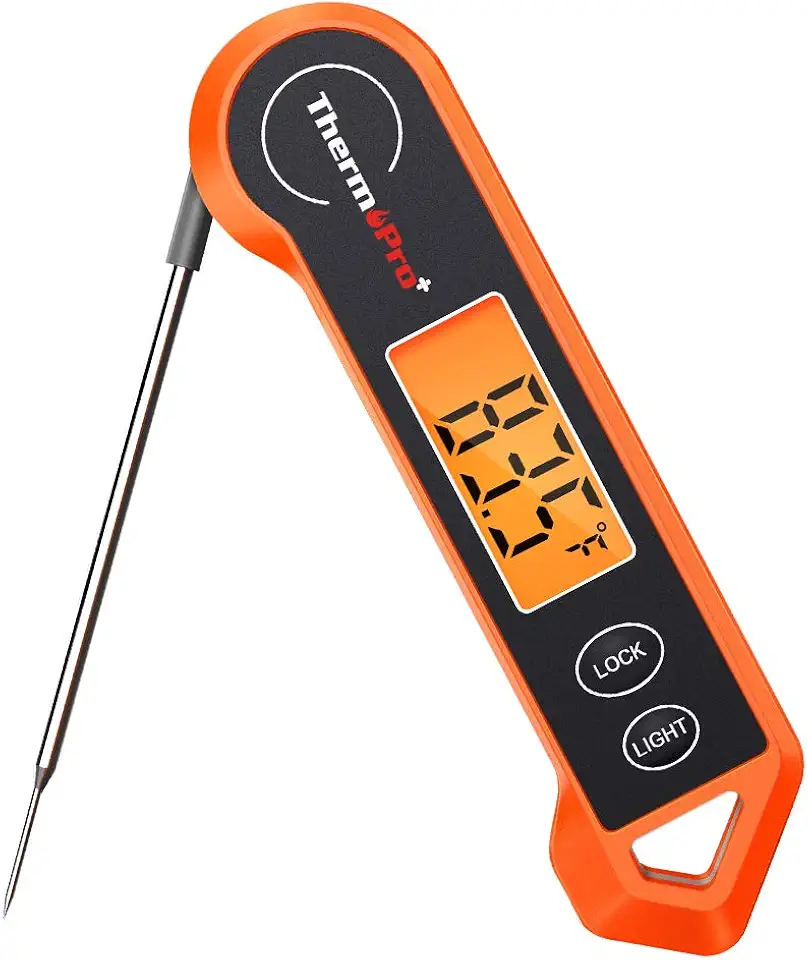 ThermoPro TP19H Digital Meat Thermometer for Cooking with Ambidextrous Backlit and Motion Sensing Kitchen Cooking Food Thermometer for BBQ Grill Smoker Oil Fry Candy Instant Read Thermometer
$16.99
$24.99
View details
Prime
ThermoPro TP19H Digital Meat Thermometer for Cooking with Ambidextrous Backlit and Motion Sensing Kitchen Cooking Food Thermometer for BBQ Grill Smoker Oil Fry Candy Instant Read Thermometer
$16.99
$24.99
View details
Prime
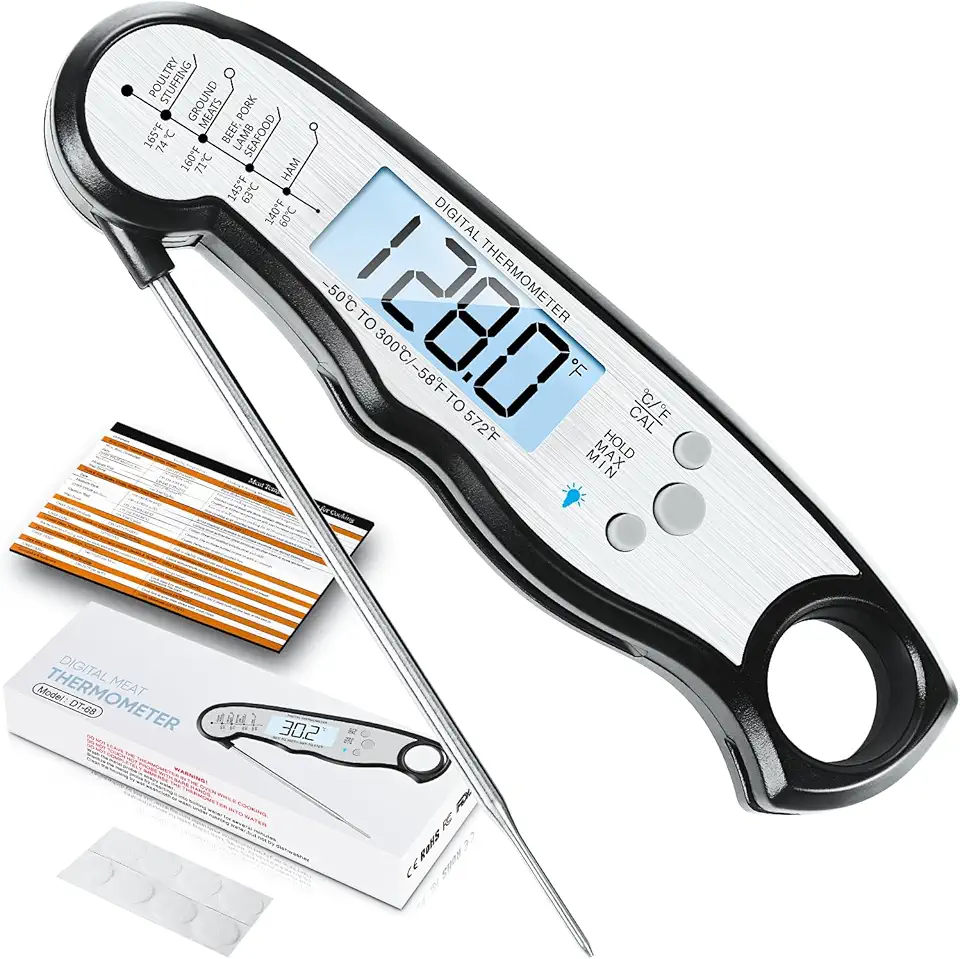 Digital Meat Thermometer, Waterproof Instant Read Food Thermometer for Cooking and Grilling, Kitchen Gadgets, Accessories with Backlight & Calibration for Candy, BBQ Grill, Liquids, Beef, Turkey…
$15.99
$31.99
View details
Digital Meat Thermometer, Waterproof Instant Read Food Thermometer for Cooking and Grilling, Kitchen Gadgets, Accessories with Backlight & Calibration for Candy, BBQ Grill, Liquids, Beef, Turkey…
$15.99
$31.99
View details
For a perfectly smooth cream, use a sieve to strain the mixture before serving. This can catch any lumps that may form.
Variations
If you have dietary restrictions, don’t worry! Here are some gluten-free and vegan variations:
- Gluten-Free Pastry Cream- Simply swap regular cornstarch with a gluten-free cornstarch option, and rest assured that your pastry cream will still be luscious and smooth! 🌾🚫
- Vegan Pastry Cream- Replace dairy milk and cream with almond milk or coconut milk, and use silken tofu blended smooth in place of egg yolks. You won’t believe it’s vegan! 🌱✨
Faq
- What if my pastry cream turns out too runny?
If your pastry cream doesn’t thicken properly, it may not have reached the right temperature. Ensure you closely monitor the heat and temperature!
- Can I make the pastry cream in advance?
Absolutely! You can make it ahead of time and store it in the fridge. Just remember to cover it with plastic wrap to prevent a skin from forming.
- How can I flavor my pastry cream?
You can infuse your cream with vanilla, citrus zest, or even chocolate. Simply add these ingredients during the heating process for vibrant flavors!
- Is there a way to fix overcooked pastry cream?
If it becomes grainy, try blending it in a blender to smooth it out again. Add a touch of cream to help restore its consistency!
- Can I freeze pastry cream?
While it's best fresh, you can freeze pastry cream. Just ensure it’s in an airtight container; however, remember that the texture may change after thawing.
- How do I know when my pastry cream is done?
Your pastry cream is ready when it coats the back of a spoon and holds its shape. A good thermometer reading is also crucial—aim for 102°C (215°F)!

